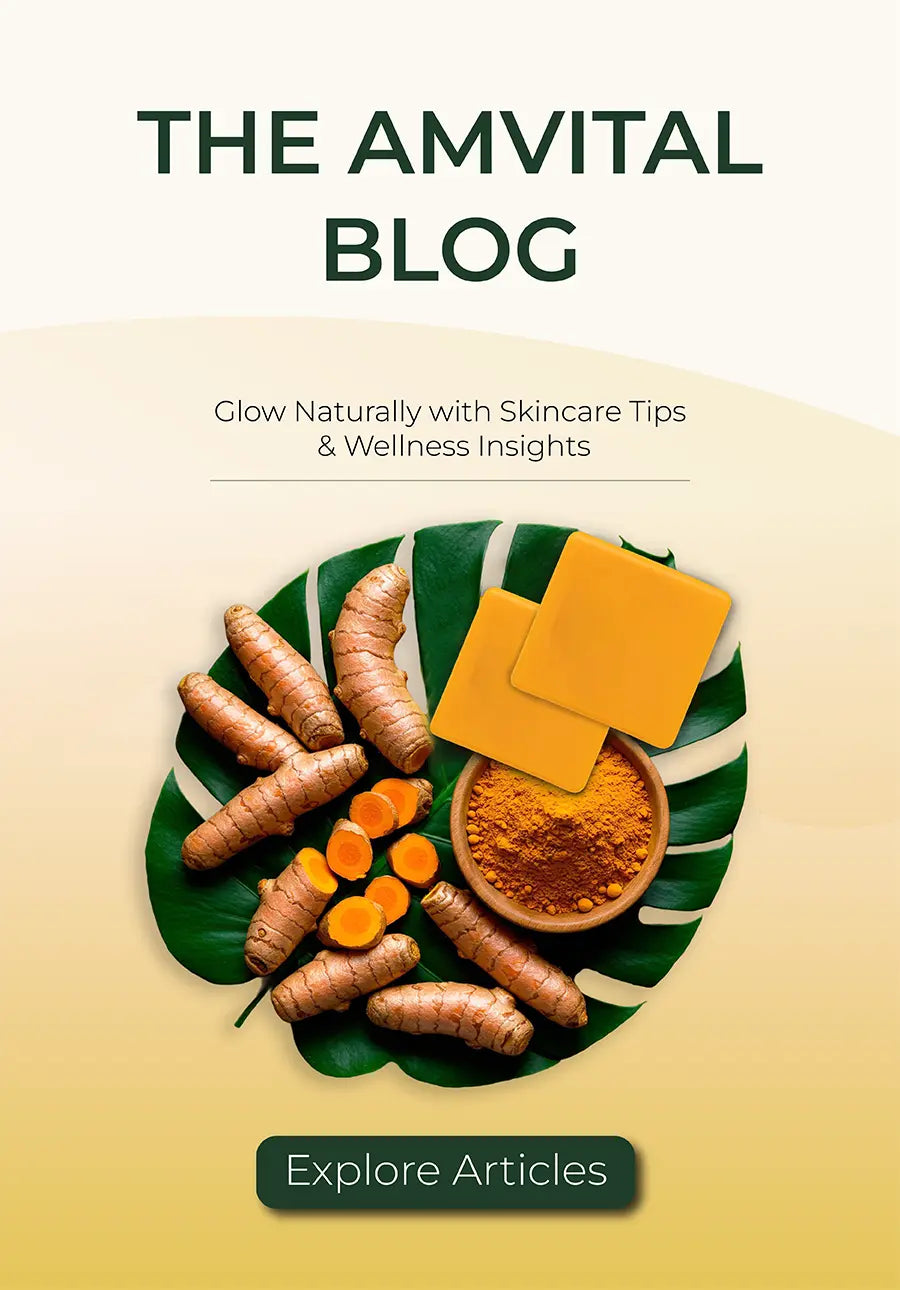Blog

Blog
How Often Should You Apply Turmeric to Your Face? Complete Frequency Guide

Blog
Can You Just Rub Raw Turmeric on Your Face? DIY vs. Formulated Products

Blog
Is Turmeric a Blood Thinner? Complete Safety Guide for Skincare Users

Blog
Turmeric Face Cream: Benefits, How It Works & Results Timeline

Blog
Best Clay for Clogged Pores: Bentonite vs Kaolin vs French Green Clay (Expert Comparison)

Blog
How Often Should You Use Turmeric Clay Mask? Complete Frequency Guide for Every Skin Type

Blog
Turmeric Toner FAQ: Everything You Need to Know

Blog
Turmeric Face Oil FAQ: Your Complete Guide

Blog
How to Build the Perfect Turmeric Skincare Routine for Your Skin Concern

Blog
The Complete Guide to Fading Dark Spots on Your Face

Blog
Body Brightening 101: Even Out Underarms, Thighs & Knees Naturally

Blog
Wedding Skincare Timeline: 6 Weeks to Glowing Skin

Blog
Teen Acne: A Parent's Guide to Safe, Natural Skincare

Blog
2026 Skincare Trends: Why Slow, Science-Backed Brightening Is Taking Over

Blog
Turmeric vs. Tranexamic Acid 2026: Which Brightening Ingredient Is Right for You?

Blog
Best Turmeric Skincare Products 2026: Gentle Brightening for Sensitive Skin

Blog
Best Natural Skin Brightening Routine 2026: Barrier-First Approach for Melanin-Rich Skin

Blog
2026 Body Brightening Guide: Active Care for Underarms, Knees & Inner Thighs

Blog
What Is Keratosis Pilaris? The Complete Guide to Smoother Skin

Blog
Pregnancy-Safe Skincare: What to Avoid & What Actually Works



